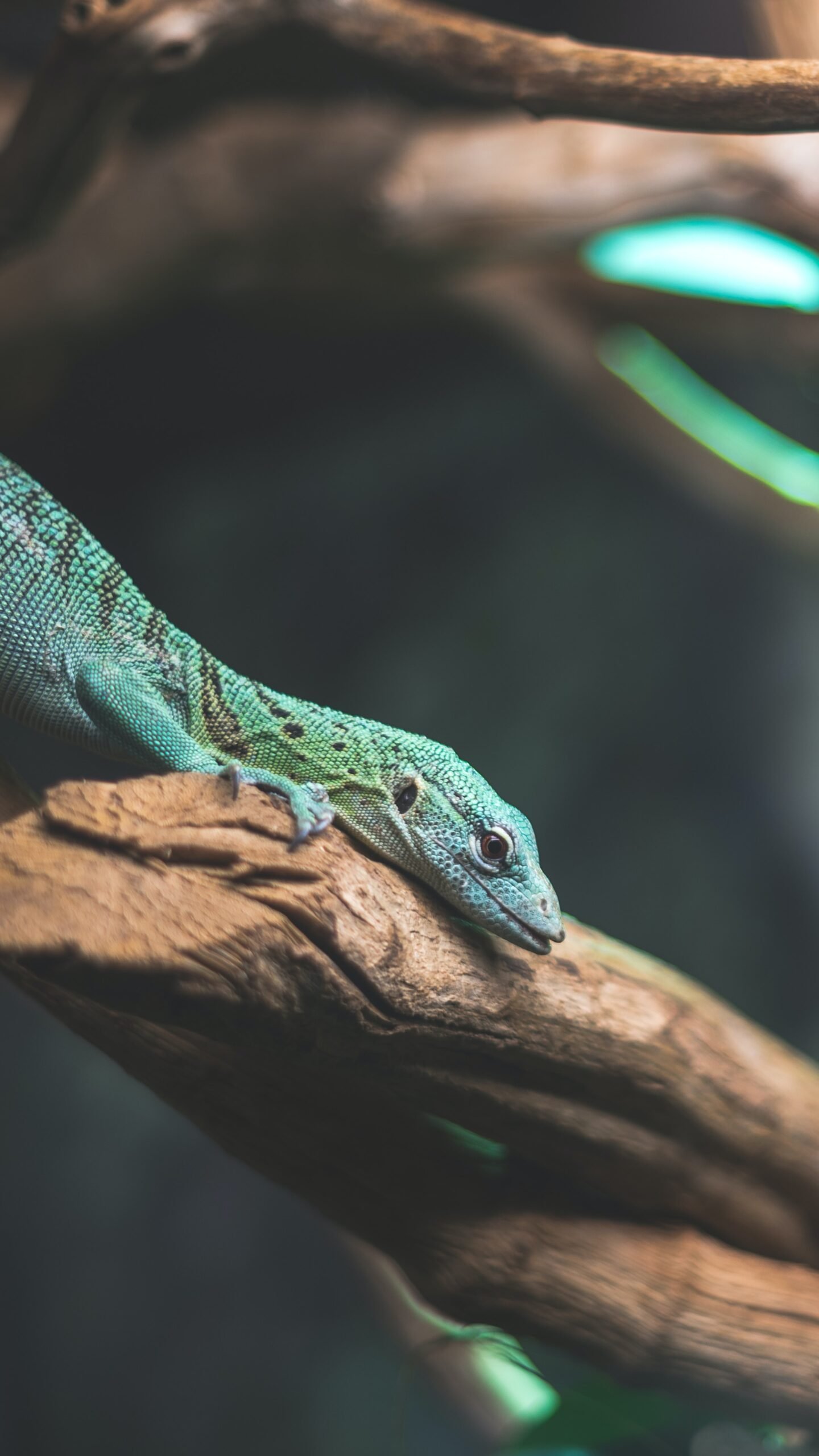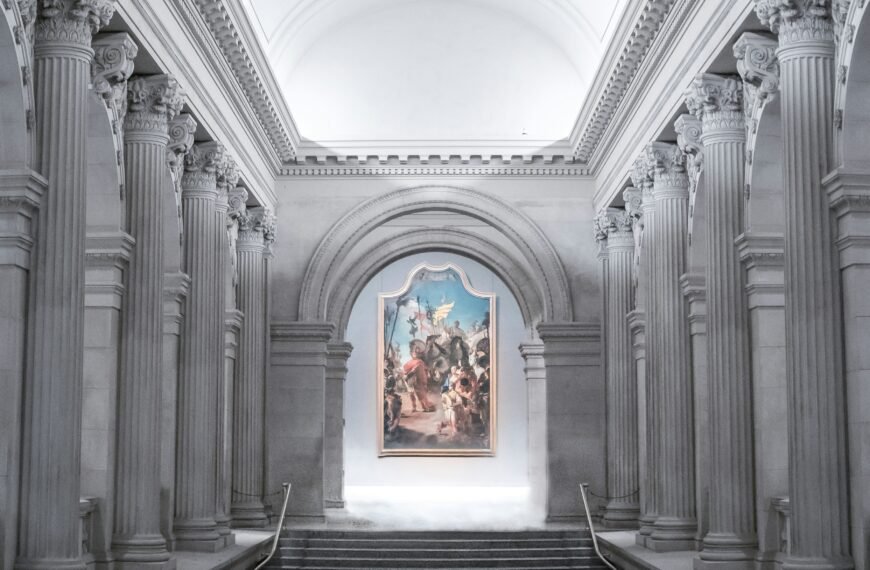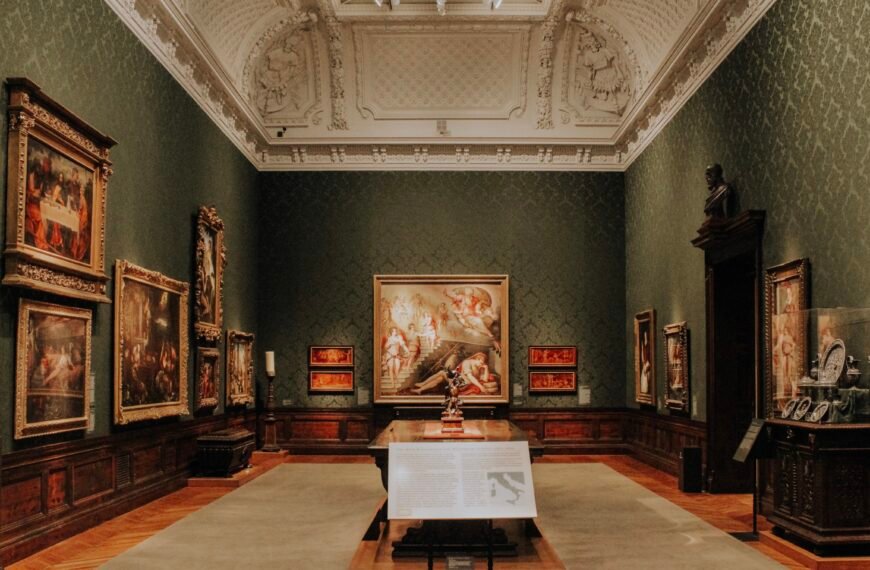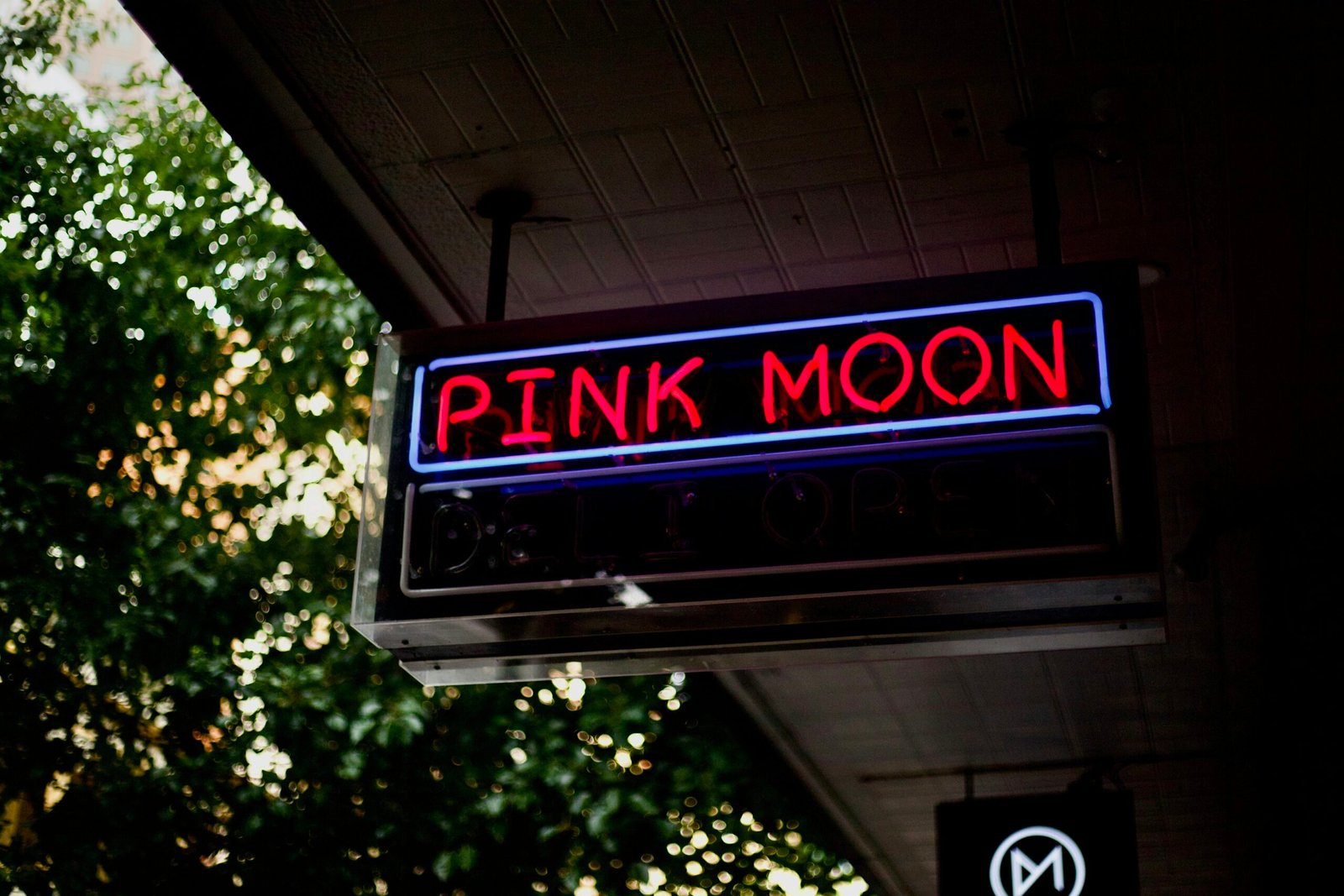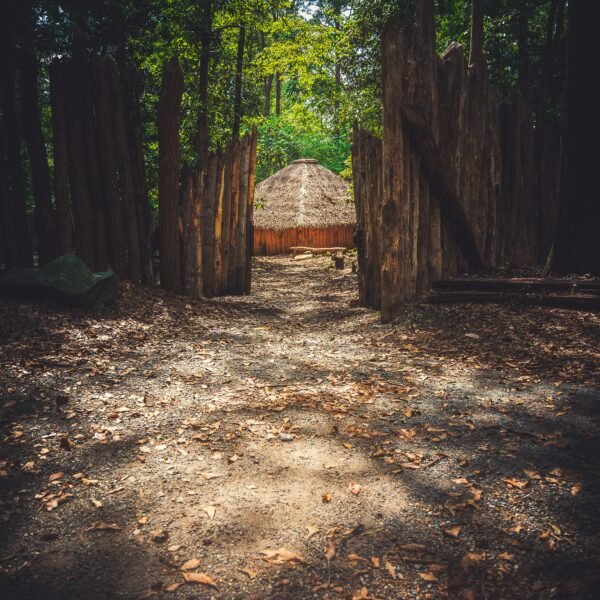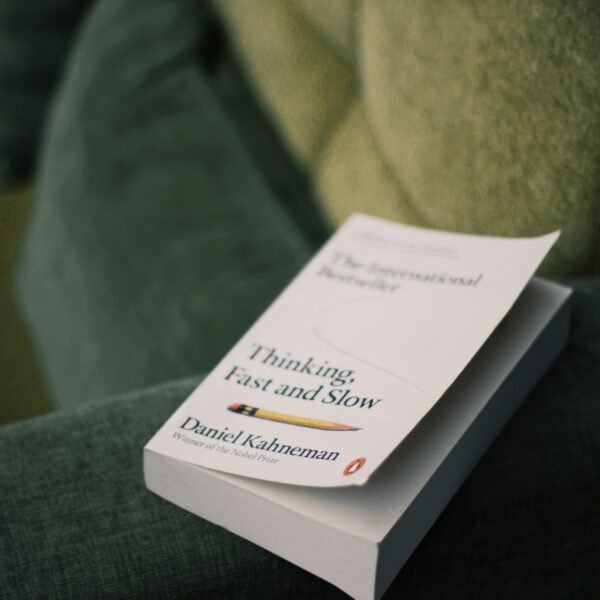Have you ever wondered what museum curators do? They are the behind-the-scenes superheroes who bring art, history, and culture to life. From carefully selecting and acquiring artifacts to designing captivating exhibitions, museum curators ensure that you have a truly enriching and educational experience. Their work involves extensive research, preservation, and interpretation, allowing you to immerse yourself in the stories and significance of the objects on display. So the next time you stroll through a museum, take a moment to appreciate the tireless efforts of these passionate professionals who make your visit so extraordinary.
Overview
Museum curators play a vital role in the preservation, research, and exhibition of historical artifacts and works of art. They are responsible for acquiring and collecting artifacts, conducting research and documentation, preserving and conserving the collections, planning and designing exhibitions, and engaging the public through educational programs. With their expertise and passion, museum curators ensure that our cultural heritage is protected and accessible for generations to come.
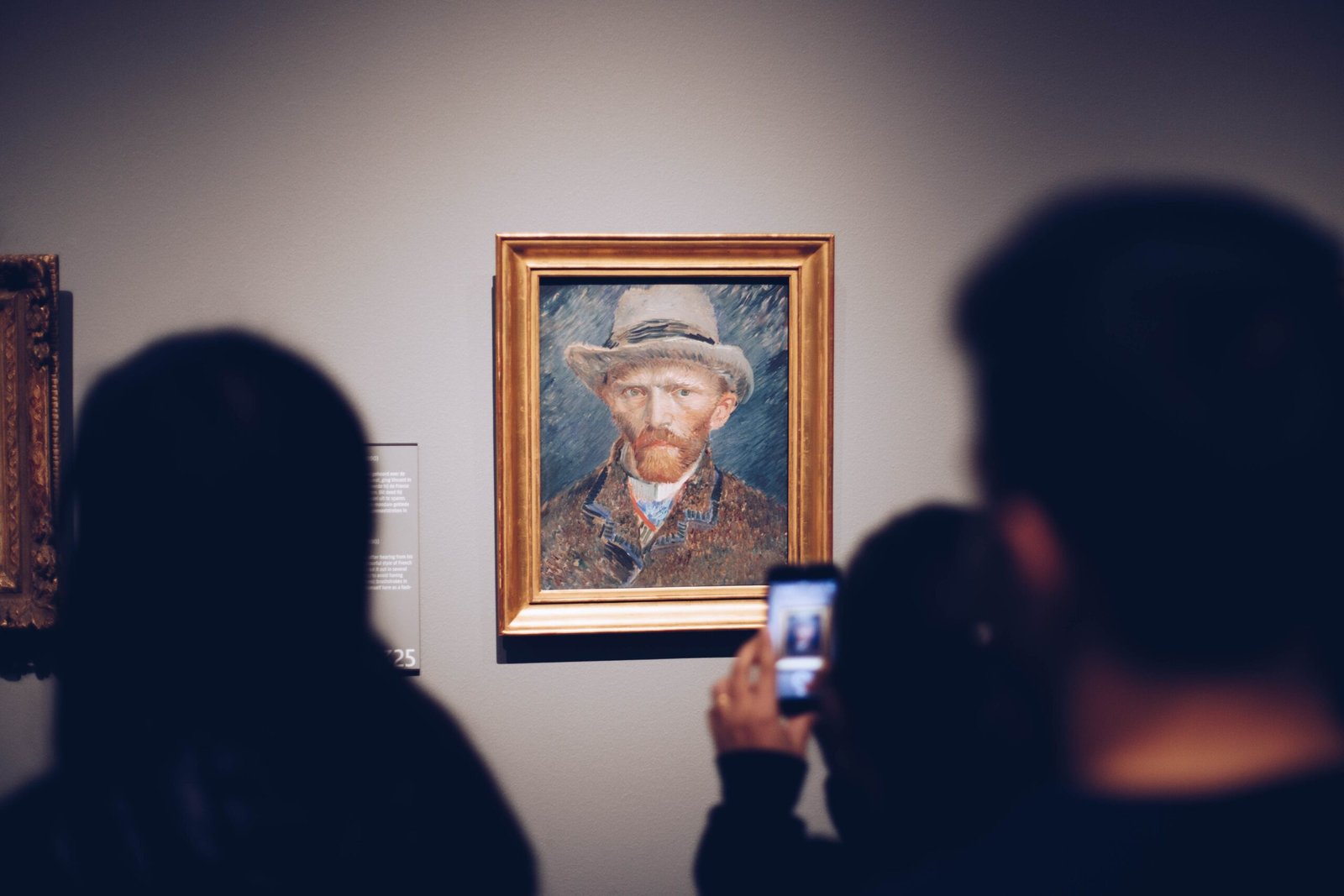
Definition of a Museum Curator
A museum curator is a professional who oversees the management and care of a museum’s collection. They are experts in their field and are responsible for acquiring, cataloging, researching, and preserving artifacts and artworks. Curators also curate exhibitions, develop educational programs, and engage with the public to provide a rich and immersive experience.
Importance of Museum Curators
Museum curators are crucial in preserving and showcasing our cultural heritage. They are guardians of historical artifacts, artworks, and other valuable objects, ensuring their safekeeping and accessibility. Curators are not only responsible for the physical care of the collections but also contribute significantly to research, interpretation, and education. Their expertise enhances our understanding and appreciation of art, history, and culture.
Educational Background
To become a museum curator, a strong educational background is essential. A bachelor’s degree in art history, history, archaeology, or a related field is usually required. However, for more specialized positions, a master’s degree, such as a Master of Arts in Museum Studies (MA/MS) or a Master of Fine Arts (MFA), may be preferred. Additionally, certifications and professional development opportunities are beneficial to broaden knowledge and stay current in the field.
Relevant Degrees and Certifications
A degree in art history is particularly valuable for curators of art museums, while a degree in history or archaeology is suitable for positions in historical museums. Museums specializing in natural history may prefer curators with degrees in biology or geology. Several universities and professional organizations offer certifications in museum studies, which provide essential training in collections management, preservation techniques, exhibition design, and more.
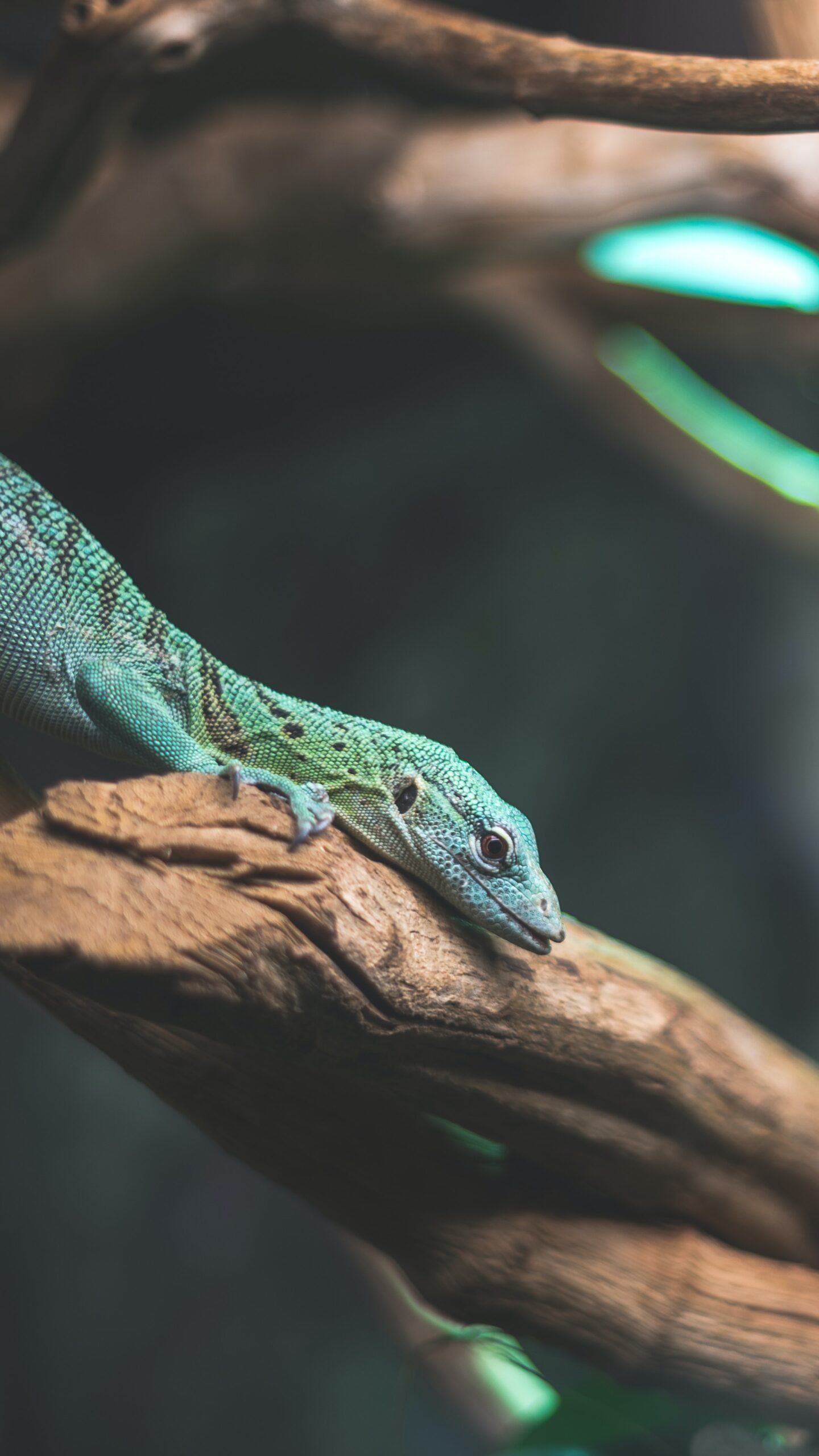
Specializations
Curators often specialize in a particular area, such as ancient Egyptian artifacts, contemporary art, or European history. Specializations allow curators to develop in-depth knowledge and expertise in their chosen field. They conduct extensive research, network with scholars and experts, and collaborate with other institutions to further their specialization. Specialized curators offer unique perspectives and insights, enriching the museum experience for visitors.
Responsibilities
Museum curators have diverse responsibilities that contribute to the overall functioning of a museum. They undertake tasks related to acquiring and collecting artifacts, conducting research and documentation, preserving and conserving the collections, planning and designing exhibitions, and engaging the public through educational programs.
Acquiring and Collecting Artifacts
One of the primary responsibilities of a curator is to acquire and collect artifacts for the museum’s collections. This involves sourcing artifacts through various means, such as purchasing, donations, or loans from other institutions. Curators carefully evaluate potential acquisitions, considering their historical significance, authenticity, and relevance to the museum’s mission and collection. They also negotiate agreements and handle legal and ethical considerations.
Sourcing Artifacts
Curators actively search for artifacts that complement and enhance the museum’s collection. They stay connected with art dealers, collectors, auction houses, and archaeological excavations to find new acquisitions. Extensive research and networking help curators discover hidden treasures and ensure the acquisition of authentic and valuable objects.
Negotiating Acquisitions
When acquiring artifacts, curators engage in negotiations with sellers or donors to determine the terms of the acquisition. They assess the condition, provenance, and documentation of the artifact before finalizing the deal. Negotiations may involve financial agreements, legal considerations, and collaborations with other institutions.
Cataloging and Inventory
Once acquired, curators meticulously catalog and document each artifact. This includes recording important details such as the object’s description, measurements, historical context, and any previous restoration work. Curators also maintain an organized inventory of the collection, ensuring accurate records and efficient retrieval of artifacts for exhibitions, research, or loans.
Research and Documentation
Curators conduct extensive research to deepen their understanding of the museum’s collection and contribute to the knowledge base in their field. Historical research, coupled with careful documentation, allows curators to uncover the stories and significance behind each artifact.
Historical Research
Curators explore historical archives, scholarly publications, and other resources to learn about the cultural and historical contexts of the artifacts. This research creates the foundation for accurate interpretation and exhibition planning. Curators may collaborate with other experts and institutions to develop a comprehensive understanding of the artifacts in their care.
Cataloging and Database Management
Curators maintain comprehensive databases to store information about the museum’s collection. This includes detailed descriptions, photographs, historical information, and any relevant research or publications. The database serves as a vital resource, enabling curators and researchers to easily access and share information about the artifacts.

Preservation
Preservation is a critical responsibility of curators to ensure the long-term survival of the museum’s collection. Curators employ various techniques to handle, store, and conserve artifacts, protecting them from deterioration and damage.
Handling and Storage
Curators are trained in proper handling techniques to minimize the risk of damage during the transportation or movement of artifacts. They use archival-quality materials for storage, such as acid-free boxes, tissue paper, and protective covers. Curators also develop protocols for preventive conservation, including temperature and humidity control, to create optimal storage conditions.
Conservation and Restoration
When artifacts require conservation or restoration, curators work closely with professional conservators. They assess the condition of the artifact and collaborate on appropriate conservation treatments. Curators provide guidance and oversight to ensure that the restoration process maintains the integrity and authenticity of the artifact.
Exhibition Planning and Design
Curators are responsible for planning and designing exhibitions that engage and educate visitors. This involves conceptualizing exhibition themes, selecting artworks or artifacts, designing layouts, and integrating interpretative elements.
Concept Development
Curators develop exhibition concepts that align with the museum’s mission and engage visitors. They choose relevant themes and narratives to guide the exhibition’s content and purpose. Curators collaborate with other museum staff, designers, and artists to bring the vision to life.
Artwork Selection
Curators carefully select artworks or artifacts from the collection or external sources to showcase in exhibitions. They consider factors such as historical significance, aesthetic value, and relevance to the exhibition’s theme. Curators ensure a balanced representation of diverse artists, styles, and periods to provide a comprehensive museum experience.
Layout and Display
Curators collaborate with exhibition designers to create visually compelling and immersive exhibition spaces. They consider factors such as lighting, spatial arrangement, and accessibility to ensure visitors can engage with the artworks or artifacts effectively. Curators also contribute to the design of display cases, mountings, and signage to enhance the exhibition’s impact.
Lighting and Interpretation
Curators work with exhibition designers and lighting specialists to create lighting schemes that highlight the artworks’ or artifacts’ details and aesthetics. They also develop interpretative texts, labels, and multimedia elements that provide historical context, explanations, and additional information to enrich visitors’ understanding of the exhibition.
Public Engagement and Education
Curators actively engage with the public, developing programs and initiatives that make the museum accessible and relevant to a wide audience. Through workshops, educational programs, and interpretative texts, curators facilitate meaningful interactions with the collection and spark curiosity and learning.
Organizing Workshops and Events
Curators organize workshops, lectures, and events that allow visitors to engage directly with the museum’s collection. They invite artists, scholars, and experts to lead discussions, demonstrations, or hands-on activities. The workshops provide opportunities for visitors to learn new skills, explore artistic processes, or delve deeper into the historical contexts of the artifacts.
Developing Educational Programs
Curators collaborate with educators to develop educational programs for all age groups. They create curriculum-aligned materials, resources, and activities that promote active learning and critical thinking. Curators design programs to align with school curricula, offer guided tours, or virtual experiences to support both formal and informal learning.
Writing Interpretative Texts
Curators write interpretative texts, labels, brochures, and guidebooks that accompany exhibitions. These texts provide visitors with context, analysis, and narratives that offer a deeper understanding of the artworks or artifacts. Curators strive to make the texts engaging, accessible, and relatable to diverse audiences.
Collaborations and Networking
Curators actively develop collaborations and build relationships with artists, scholars, experts, and other institutions to enrich their collections and promote wider access to cultural heritage.
Building Relationships with Artists
Curators establish connections with artists, both established and emerging, to foster collaborations and acquisitions. They visit artists’ studios, attend exhibitions, and engage in conversations to understand the artist’s vision, motivations, and creative processes. By maintaining relationships with artists, curators gain insights into contemporary art trends and access to new works for the museum’s collection.
Collaborating with Other Institutions
Curators collaborate with other museums, galleries, and institutions to organize joint exhibitions, share resources, and borrow or lend artworks or artifacts. These collaborations foster a sense of community and facilitate the sharing of expertise, knowledge, and collections. Working together, curators contribute to a more comprehensive understanding and appreciation of cultural heritage.
Professional Development
To excel in their roles, museum curators engage in continuous professional development. They seek opportunities to expand their knowledge, network with peers, and stay updated with the latest trends, technologies, and research in the museum field.
Attending Conferences and Workshops
Curators regularly attend conferences, symposiums, and workshops organized by professional associations, universities, or museums. These events provide a platform for curators to share their research, gain insights from others, and stay informed about current practices, theories, and advancements in museum practices.
Continual Learning
Curators actively engage in continual learning through reading scholarly publications, attending webinars, and participating in online courses. They stay updated on emerging research, new conservation techniques, and digital innovations. Curators also pursue advanced degrees or certifications to acquire specialized knowledge or broaden their expertise in certain areas of interest.
In conclusion, the role of museum curators is multi-faceted and essential in ensuring the preservation, research, and exhibition of our cultural heritage. Through a combination of education, expertise, and passion, curators acquire and collect artifacts, conduct research and documentation, preserve and conserve collections, plan and design exhibitions, and engage the public through educational programs. Collaborations and professional development further enhance their contributions to the museum field. With their dedication, curators ensure that our collective history and artistic endeavors are cherished and shared with audiences of today and tomorrow.

